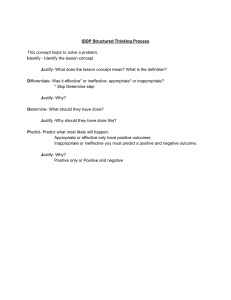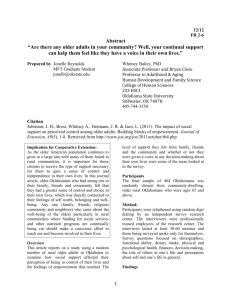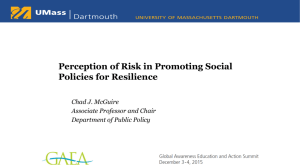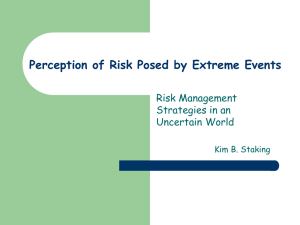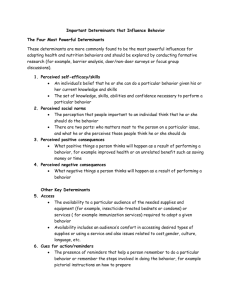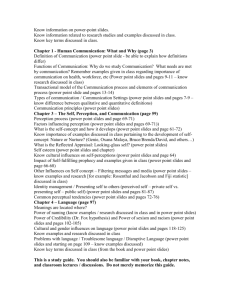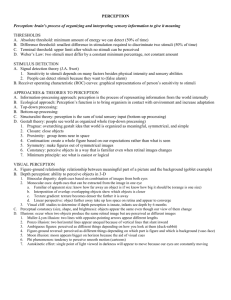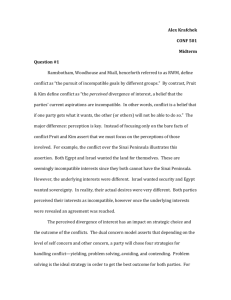SERVICE MARKETING
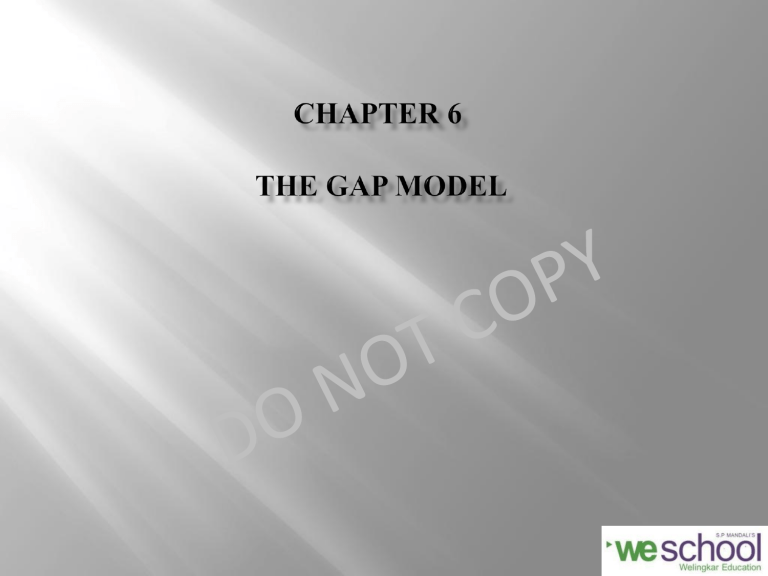
The gap model of service quality is an important customer satisfaction framework.
A.Parasuraman, VA Zeitham and LL Berry identify major gaps that face organizations seeking to meet customer's expectations of the customer experience.
These are the gaps that organizations should measure, manage and minimize:
CUSTOMER GAP
CUSTOMER GAP
GAP 5
EXPECTED
SERVICE
PERCEIVED
SERVICE
PROVIDERS GAP
GAP 1: The Listening Gap
GAP 2: The Service Design and Standards Gap
GAP 3: The Service Performance Gap
GAP 4: The Communication Gap
GAP 1: Management Perception of Customer Expectations refers to the gap between consumer expectation and management perception
Hotel administrators may think guests want better food or in-house restaurant facilities, but guests may be more concerned with the responsiveness of the staff.
Inadequate Marketing Research Orientation
Insufficient marketing research
Research not focused on service quality
Inadequate use of market research
Lack of interaction between management and customers
Lack of market segmentation
Focus on new customers rather than relationship customers
GAP 2: The Service Standards or the Service Design and Standards describes the gap between the management perception of customer expectations and service quality specification.
Some Key Factors Leading to Provider Gap 2
Poor service design
Absence of customer-defined service standards
Inappropriate physical evidence and services cape
Gap 3 t he Service Performance Gap is from the experience to the delivery of the experience
Some Key Factors Leading to Provider Gap 3
Ineffective recruitment Role ambiguity and role conflict
Inappropriate evaluation and compensation systems
Lack of empowerment, perceived control and teamwork
Some Key Factors Leading to Provider Gap 3
Failure to Match Supply and Demand
Problems with Service Intermediaries
Tension between empowerment and control Service Delivery
GAP 4: External Communications to the Customersis the gap between the delivery of the customer experience and what is communicated to customers
Some Key Factors Leading to Provider Gap 4
Lack of Integrated Services Marketing Communications
Tendency to view each external communication as independent
Not including interactive marketing in communications plan
Absence of strong internal marketing program Ineffective
Some Key Factors Leading to Provider Gap 4
Ineffective Management of Customer Expectations
Not managing customer expectations through all forms of communication
Not adequately educating customers
Overpromising in advertising, in personal selling &through physical evidence cues
Insufficient communication between sales and operations, advertising and operations
GAP 5: : Expected Service versus Perceived ServiceThis is the gap which says the difference in the customer expectations of a service and the perception of the service
